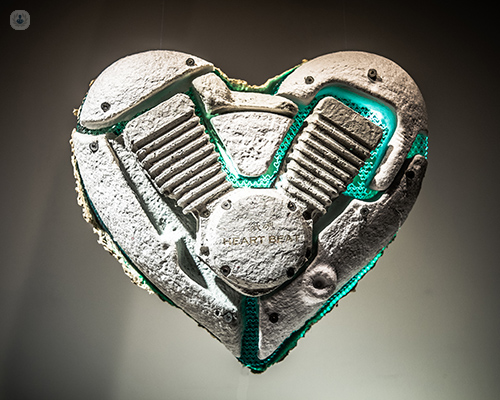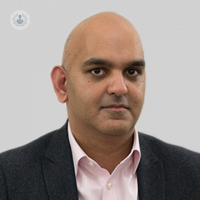Simple methods for treating supraventricular tachycardia
Written by:Supraventricular tachycardia (SVT) is a condition where the heart beats irregularly very fast for no reason, i.e. not due to exercise, fever, or stress. The fast heartbeat originates from the atria, but differs from atrial fibrillation as the heart rate is usually steady and regular. During an episode of SVT, the heart beats at least 100 beats per minute, and can reach as high as 300 beats.

How is SVT treated?
Supraventricular tachycardia can be treated in 3 ways:
-
Conservative measures
During an attack, vagal manoeuvres are used to stop the attack. This is a technique where the vagus nerve is stimulated to slow the attack. This can be done by dipping your head in cold water, or by holding your nose and closing your mouth while exhaling as you do when trying to make your ears pop. Electrical cardioversion is another conservative technique which involves a series of small electrical shocks applied through the chest, that reset the heart’s rhythm. -
Anti-arrhythmic medication
Medication such as beta-blockers can be provided that aim to prevent episodes of SVT. The medication can cause side-effects, so they may be prescribed for use only when an attack starts. -
Catheter ablation
This is the preferred method, as it carries a higher than 95% success rate of permanently stopping SVT. A catheter is passed along the veins to the heart, and heat is used to destroy the electrical signals causing SVT. This is a relatively simple procedure, and is carried out as a day case, so you can be in and out of the hospital in one day.
What causes supraventricular tachycardia?
There are a number of different types of SVT, and the cause of SVT can be due to the heart ‘short circuiting’ because of an abnormal electrical connection in the heart, which causes the heart to race, alternatively, it can be caused by an abnormal electrical focus in the atria.
What are the symptoms of SVT?
SVT can start and end really quickly, and doesn’t always have symptoms.
When symptoms do show, the most common one is palpitations, or a rapid heartbeat. The palpitations can cause dizziness, breathlessness and a tight chest.
There is a small risk of sudden death from ventricular arrhythmias in very rare cases of SVT.
How are SVTs diagnosed?
Supraventricular tachycardia is difficult to diagnose as the condition is unpredictable, and therefore difficult to know when an episode will occur and how long it will last.
The SVT is recorded using a 12-lead ECG, and will usually be recorded over a number of episodes to capture the SVT.
Implantable monitors, which are one third of the size of an AAA battery can be used, which is implanted through an incision smaller than 1cm, under local anaesthetic.
The monitor stays in place for up to three years, and will notify the doctor of irregular cardiac activity without a need to visit the hospital.
Electrophysiology study is another method of detecting an SVT. It is a minimally invasive procedure where the heart’s electrical conduction system is tested. Catheters are passed down through the veins, into the heart and detect electrical signals from different parts of the heart, to test the conduction pathways of the heart.
If you are concerned about supraventricular tachycardia, make an appointment with a specialist.


